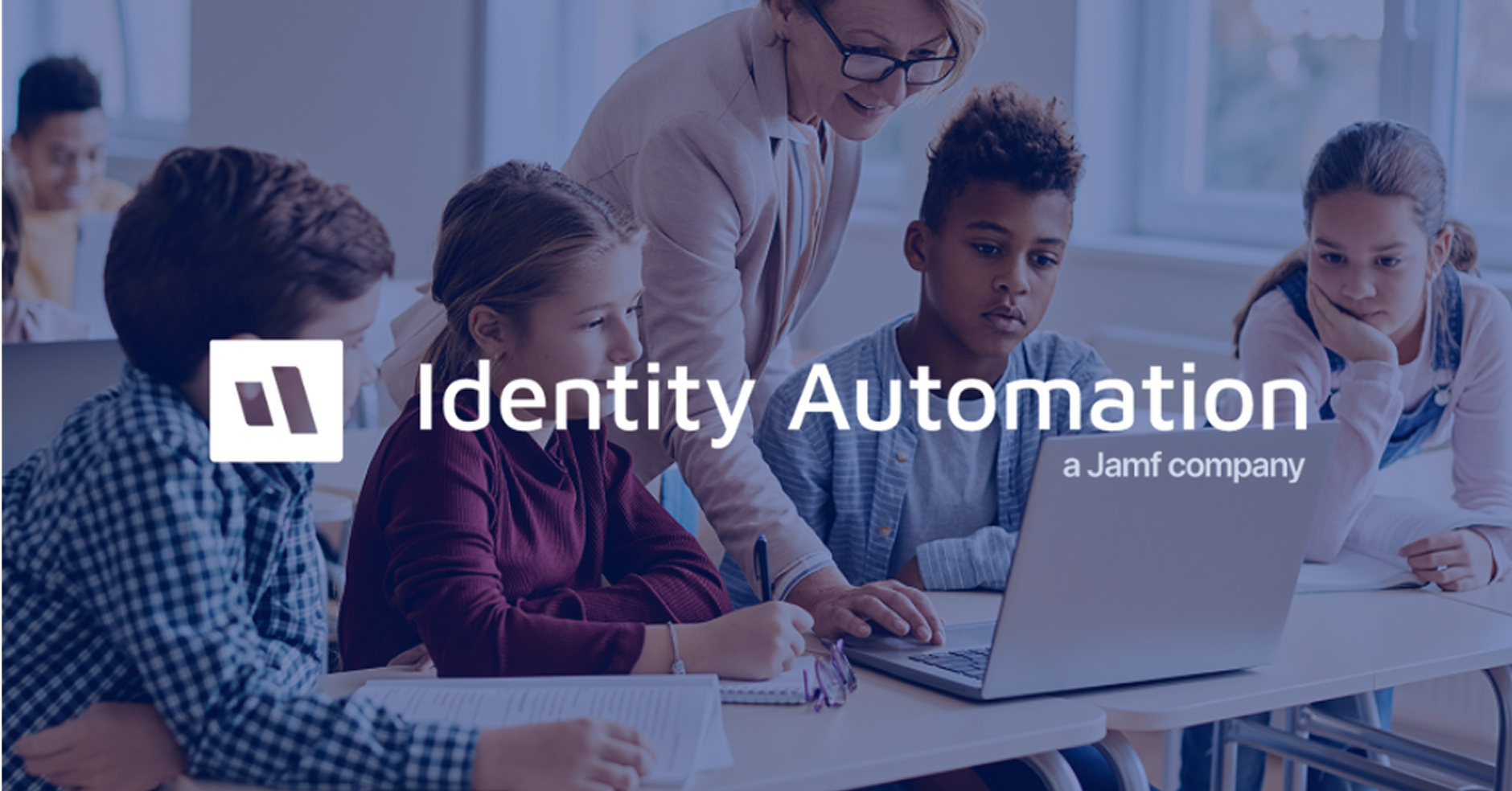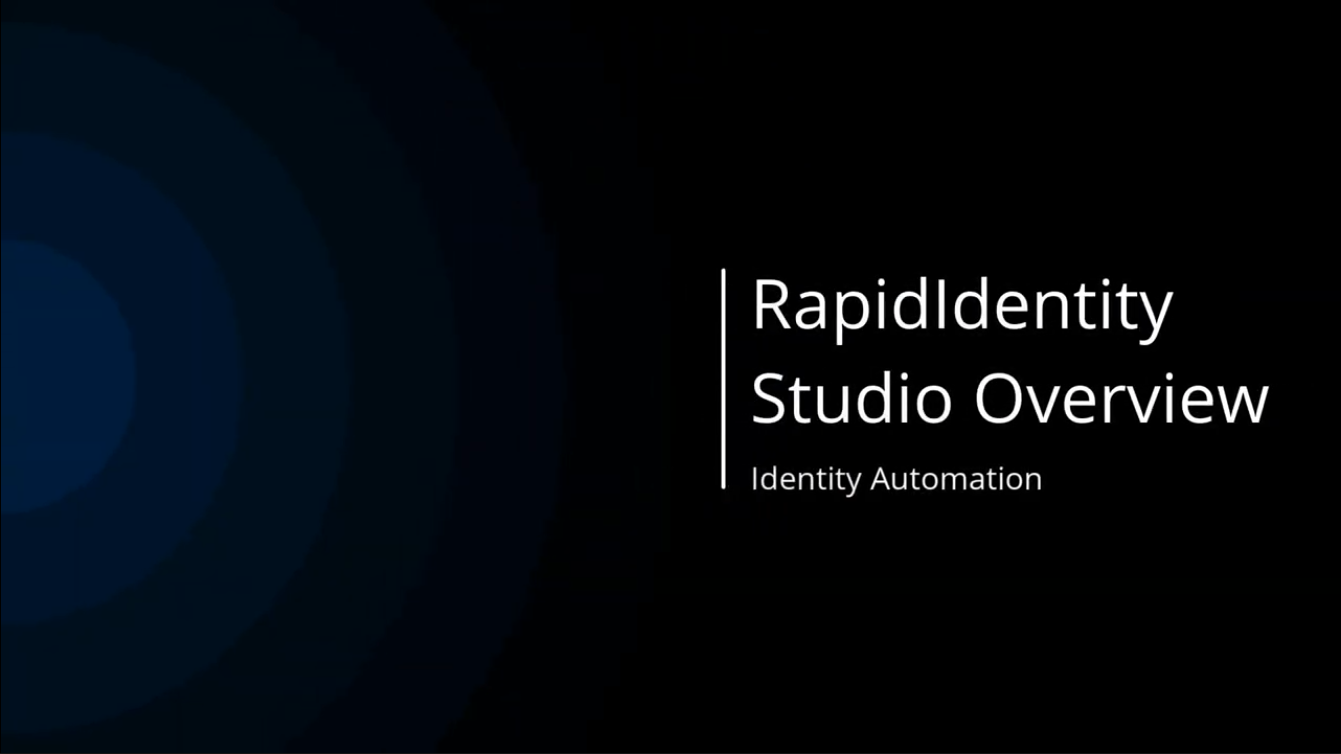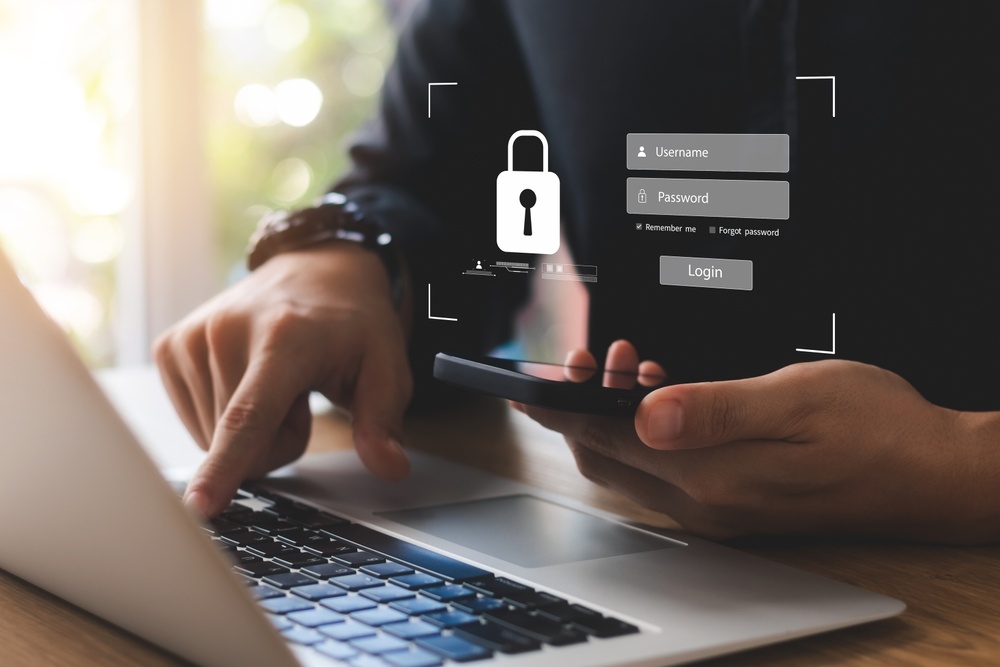Learn how Security Manager makes K12 threat management easy with real-time alerts, expert support, and cost-effective protection.

Latest Post
Elevating Identity in Higher Ed: What Jamf’s Acquisition of Identity Automation Means for Colleges and Universities
Managing digital identities isn’t just a technical challenge in higher education—it's foundational for academic success and institutional security. With Jamf’s recent acquisition of Identity Automation, colleges and universities now have access to...
Read More












